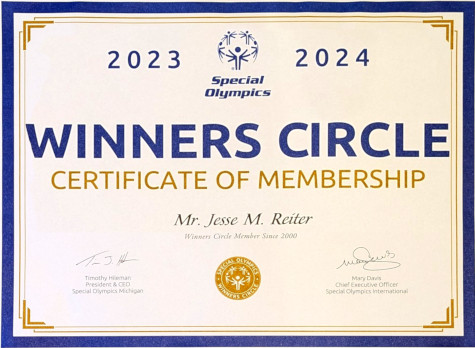2Cell transplantation is a promising new avenue for treating cerebral palsy (CP). Previous research has shown that stem cell therapy can help children with cerebral palsy; a study published this month indicates that treatment with macrophages may also be effective. Essentially, macrophages are cells that can repair damaged brain tissue and blood vessels, thereby enhancing...
Cerebral Palsy
A meta-analysis published in the 2018 edition of Neuropsychiatric Disease and Treatment suggests that rhythmic auditory cueing may be a valuable technique to improve gait in individuals with cerebral palsy (1). Many people with cerebral palsy walk with what is known as “scissor gait,” a mobility pattern characterized by leg rigidity and an inward turn...
Cerebral palsy is a diagnosis that varies in type and severity of neurodevelopmental outcomes. People with cerebral palsy have impaired motor function, and in some cases also have cognitive disabilities. Cerebral palsy can be caused by environmental and/or genetic factors. Environmental causes of cerebral palsy Cerebral palsy can often be attributed to something that goes...
Many people with cerebral palsy have a difficult time writing due to limitations in muscular function, fine motor control, joint function, and range of motion. Fortunately, there are many types of assistive tools and technologies that can help people with cerebral palsy to write with greater ease. These can be broken down into a few...
A baby has hypoxic ischemic encephalopathy (HIE) & cerebral palsy because her mom had placenta previa that the physician failed to appreciate & he delayed a necessary C-section delivery, causing the baby to experience severe birth asphyxia....
New treatment for cerebral palsy prevention looks promising. Allopurinol has been shown to increase oxygenation in an unborn baby in preliminary studies....




















